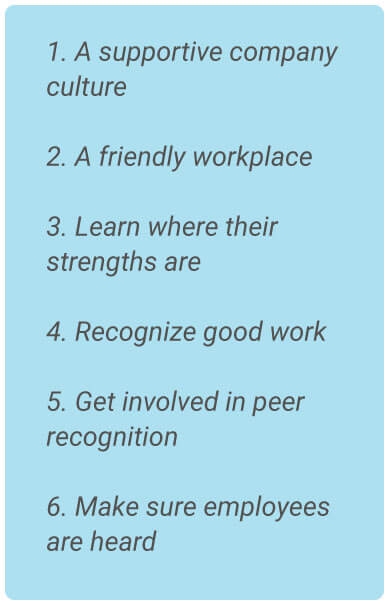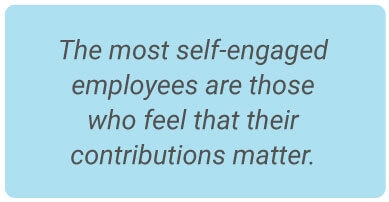
Your Guide to Creating a Self-Engaged Workforce
September 15, 2021
|
Erika Rahman
1. A supportive company culture

2. A friendly workplace
3. Learn where their strengths are
4. Recognize good work
5. Get involved in peer recognition
6. Make sure employees are heard

Find out more about how employees can engage themselves in the workplace
About the Author

Erika Rahman is a Product Marketing and Content Specialist at Motivosity. She studied marketing and business management at Utah Valley University. Erika has a broad background—from optometry to trade school administration—giving her a love and understanding for people across industries. She grew up in Northern California and Colorado, and currently calls the Utah slopes home.
Learn More
Learn More






